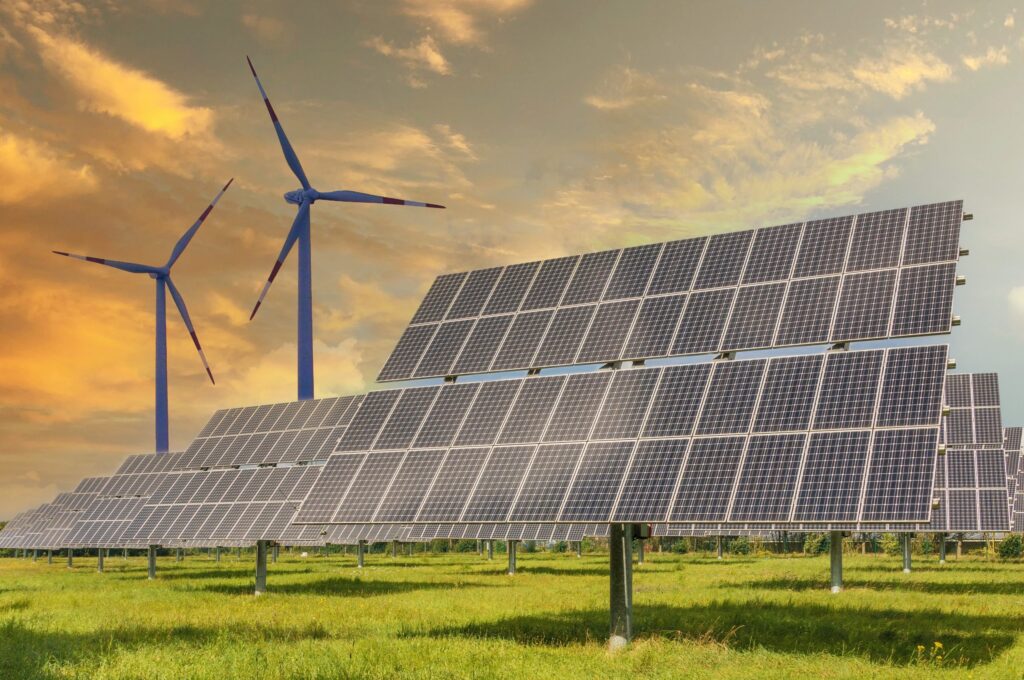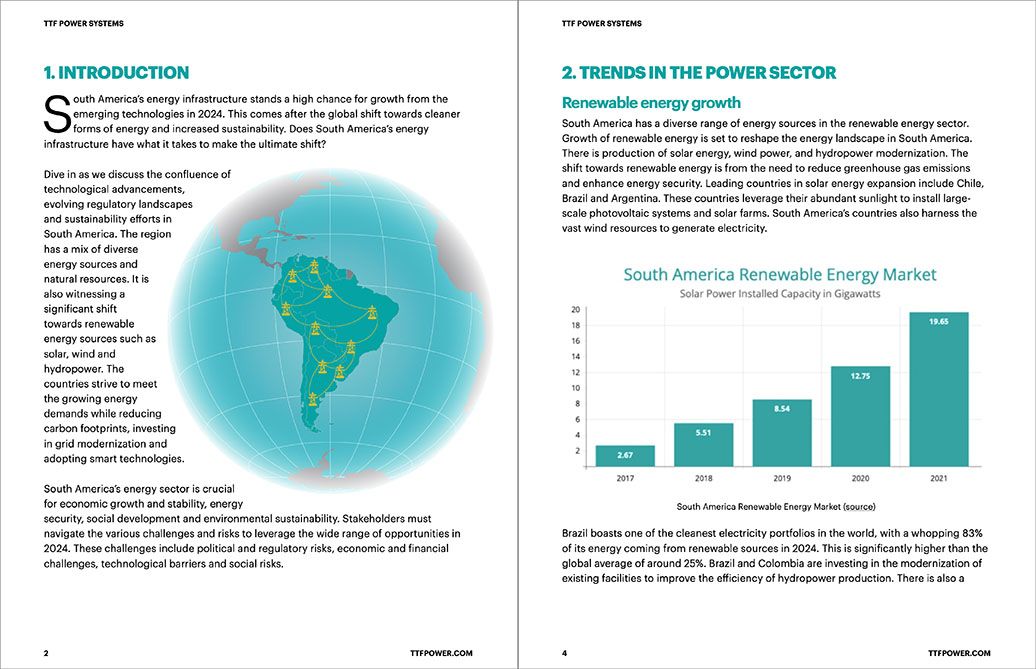
Chile’s amazing natural resources have propelled it to the forefront of global renewable energy production. The Atacama Desert contains resources for wind and solar energy production. The energy sector intends to expand to meet rising energy demand. Chile aims to achieve 70% renewable energy usage by 2050. The government can put in place favorable policies and regulatory frameworks to promote energy sustainability. These include feed-in tariffs and renewable energy auctions. This, in turn, drives investment in sustainable energy generation. Also, Chile has a relatively competitive market that encourages innovation and cost savings. The availability of international investment in this area promotes growth and development.
Challenges for Chile’s Renewable Energy Sector
Despite Chile’s success with renewable energy resources, the energy sector confronts several obstacles. Grid integration, energy storage, and regulatory complexity are among the hurdles. Such issues could limit the sector’s growth and undermine its long-term viability. Other obstacles include innovation in developing technologies, economic issues, finance, and environmental and social concerns. To maintain the sector’s long-term viability, the government, corporate sector, and communities must work together to address these difficulties.
Renewable energy sources maintain the Chilean energy sector.
Chile’s energy sector continues to grow, with new energy sources and technological breakthroughs. The country seeks to achieve sustainability and carbon neutrality in the future. Chile’s energy sector prevails by a varied range of renewable sources. This includes sun, wind, and hydropower. The primary renewable energy sources contributing to Chile’s energy mix in 2024 are as listed below.

- Wind energy – the southern regions of Patagonia have strong and consistent wind resources, which makes them ideal for wind farms. There is development of onshore wind projects contributing to a share of the country’s electricity.
- Hydropower – this is a cornerstone of Chile’s energy sector, especially in the central and southern regions. Chile has been developing smaller-scale hydropower projects that do not need large reservoirs.
- Solar energy – the Atacama Desert provides some of the highest solar irradiance levels in the world. This promotes the production of solar energy through use of large-scale PV plants. Also, concentrated solar power plants can store thermal energy. This allows for electricity generation at low radiance levels.
- Energy storage – the country is investing in large-scale battery storage systems to complement its renewable energy capacity. The systems help to balance the grid by storing excess energy generated during peak production times. Also, pumped hydro storage uses excess electricity to pump water to higher elevations, storing energy as potential energy.
- Geothermal energy – the Andes region along the Pacific Ring of Fire provides geothermal potential. The high-temperature resources are being tapped to generate electricity with a few operational plants. Low temperature generation could serve in heating, agriculture, and industrial processes.
- Biomass energy – Chile has a growing portfolio of organic materials such as agricultural residues, forestry waste, and urban waste. Biomass can serve for electricity generation, heat production, and biofuels.
Possibilities for Chile’s energy sector in 2024
In 2024, Chile’s renewable energy sector offers many opportunities to generate economic growth and improve energy security. The country may position itself as a global leader in the transition to a low-carbon future. This is achievable by utilizing modern technical innovation and maximizing the use of natural resources. The following are the significant opportunities for Chile’s energy sector in 2024.
- Export of renewable energy – Chile could create opportunities for cross-border energy trade with neighboring countries. This creates opportunities to export the surplus solar power and open new revenue streams.
- Technological innovation – the country has the opportunity to become a hub for technological innovation in renewable energyncludes advancing solar PV efficiency, developing next-generation wind turbines and exploring new technologies.
- Sustainability and environmental stewardship – there is an opportunity to lead in biodiversity-friendly project design. This is by reducing environmental impact of renewable energy installations and incorporating ecological considerations.
- Grid modernization and smart grids – the country can upgrade its grid infrastructure to integrate renewable energy sources. It may need investments in grid modernization including smart grid technologies.
